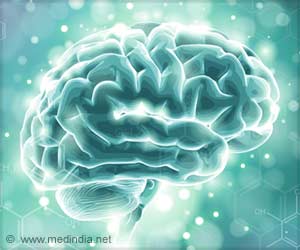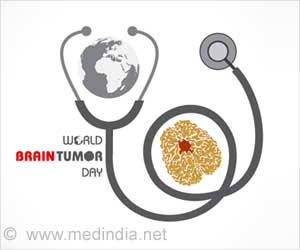Lead researcher Professor Kirill Alexandrov said the protein biosensors could expand patient care by enabling sophisticated tests on cheaper lab equipment and new point-of-care devices.
“Proteins are at the core of a US$70-billion-dollar global diagnostic market that relies heavily on central lab processing,” Professor Alexandrov said.
“Our biosensor technology will enable tests like therapeutic drug monitoring on less sophisticated equipment that you are more likely to find in small, regional or remote labs and hospitals.”
Future tests may also require smaller biological samples, with researchers proving a biosensor could accurately measure cyclosporine A levels in one microlitre blood sample.
“With further development, the biosensor technology could lead to a fingerstick test that potentially provides doctors with patient results in 3-5 minutes during a standard consultation,” Professor Alexandrov said.
Professor Alexandrov said protein complexity and fragility made constructing and using protein biosensors difficult. Still, the modular design helped alleviate the problem and could be adapted to target any small molecule – not just therapeutic drugs potentially.
He said the new proteins were produced by engineered bacteria, altered using recombinant DNA technology to create artificial switch molecules tailored to recognize a particular drug.
“The protein biosensors are ‘switched off’- like an electrical circuit with a missing piece. Only the targeted biochemical in human fluids like blood or saliva can complete the circuit and ‘switch on’ a signal proportional to the amount of biomarker detected,” he said.
When activated, the different protein biosensors produce either a change of color for hue-based readings or electrochemical current.
Professor Alexandrov said the team experimented with typical glucometer technology applications to develop a cheap, portable, and accurate device.
“Activated electrochemical biosensors broke down glucose and generated electrons as by-products to produce an electrical current proportional to the amount of captured target molecule,” he said.
“The Clarkson team also demonstrated the feasibility of multiplexing this technology to detect two different biomarkers at the same time.”
Professor Alexandrov said glucometer technology was use-specific, and researchers would need to re-engineer devices and manufacturing processes for new clinical uses despite experiment success.
“There are a huge number of parameters to reconcile when building a medical device. It’s tough, and that’s why new diagnostic technologies come to the market very slowly,” he said.
Source: Medindia



